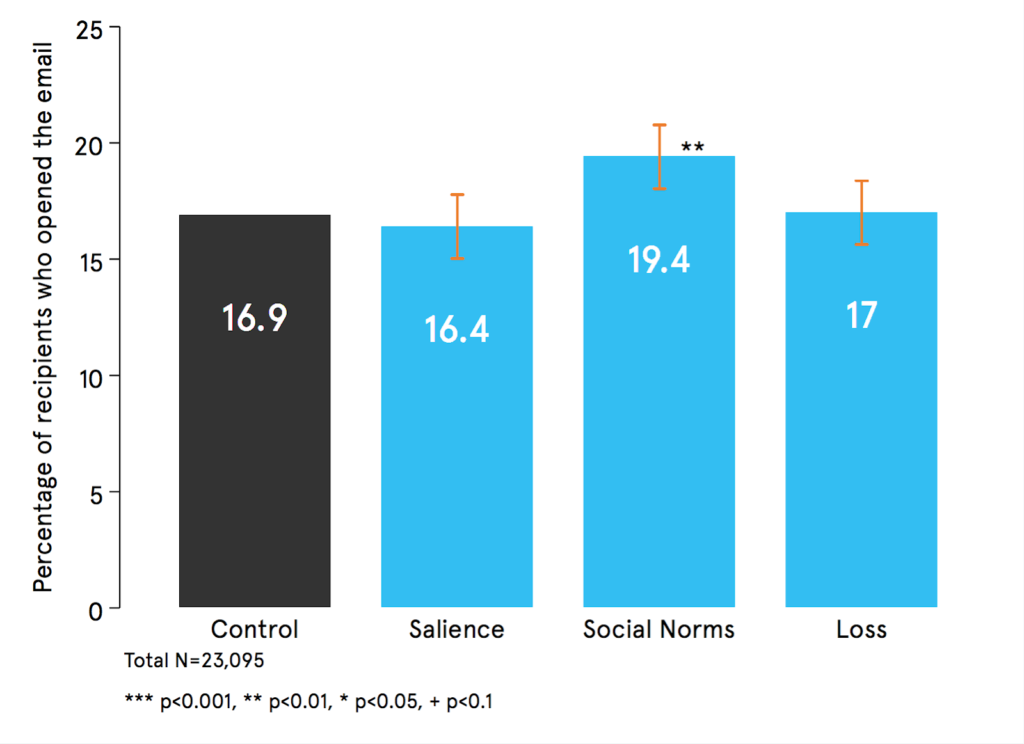Earlier this year, UK companies with 250 employees or more published their Gender Pay Gap (GPG). With a national average of 18% difference in pay between men and women employees, many organisations are now wondering what they can do to close the gap.
The lack of women at senior levels drives the GPG for most organisations. Millions of women take time out to care for children or other family members. Many of them are highly-skilled and have substantial work experience qualifying them for senior positions. While the majority of these women intend to return to work they face multiple barriers to achieving this goal in the form of high childcare costs or a lack of flexible work options.
A further fundamental challenge faced by women in this position is employers’ lack of awareness of the potential of “returners” and of the barriers they face in recruitment. Returners may be trying to find their way back into the labour market, but employers do not realise that this talented community may feel shut out from the recruitment process. A little more support from employers and their HR departments for returners coming back to work may improve the reintroduction process.
With this in mind we ran a trial with the Chartered Institute of Personnel and Development (CIPD) to see which kind of message had the potential to engage HR professionals in recruiting returners. The CIPD reach more than 20,000 HR professionals through their members mailing list, providing a fantastic route to the heart of recruitment.
Three ways to engage HR professionals
To boost awareness of returners, we sent emails to the CIPD network explaining who returners are with a link to further information about how to hire them. We tested three different ways of communicating information about returners:
- Emphasising the social norm: We care about what other people are doing. Our first version of the email highlighted the increasing number of employers actively recruiting returners, a number that has more than quadrupled in just two years.
- Making it stand out: Messages are more likely to capture our limited attention if they stand out in some way, either through novelty or personal relevance. As noted above, one of the knottiest challenges that HR professionals are currently grappling with is their organisation’s GPG. A second version of the email grabbed attention by reminding organisations of their GPG and offering recruitment of returners as a potential solution.
- We hate losing out: People value and react more strongly to a loss than to a gain – about twice as much in fact. A third version of the email stressed that organisations are losing out on valuable skills by failing to actively recruit returners.
A control group was also sent a basic informational email about returners. We compared the open rates of the different emails, clicks on the embedded link and time spent on the linked web page.
What happened?
Informing HR professionals that returners are increasingly being recruited by other organisations (i.e. the social norm message) resulted in significantly more of them opening the email. More of those who had read this message clicked through on the link embedded in the email to further information about returners, although the difference was not statistically significant. Additionally, HR professionals who had received the social norm email spent, on average, 20 seconds more reading the further information compared to those sent a control message.
This finding is particularly interesting because the social norm referred to a behaviour that is on the rise and may become a future norm, also called a ‘dynamic norm’. The key text of these emails read ‘Did you know organisations are increasingly recruiting people on career breaks?’
Next steps
While these results demonstrate the potential of behavioural insights in addressing workplace inequalities between genders, facilitating women’s return to work is only one piece of the GPG puzzle.
We are working closely with the Government Equalities Office to better understand how to enable people to achieve a balance between caring and work. Over the next year we will be working with several employers to understand how to incorporate reaching this balance into employment policies, making it easier for women to keep working if they wish to. Watch this space for updates on what we find over the months to come.





